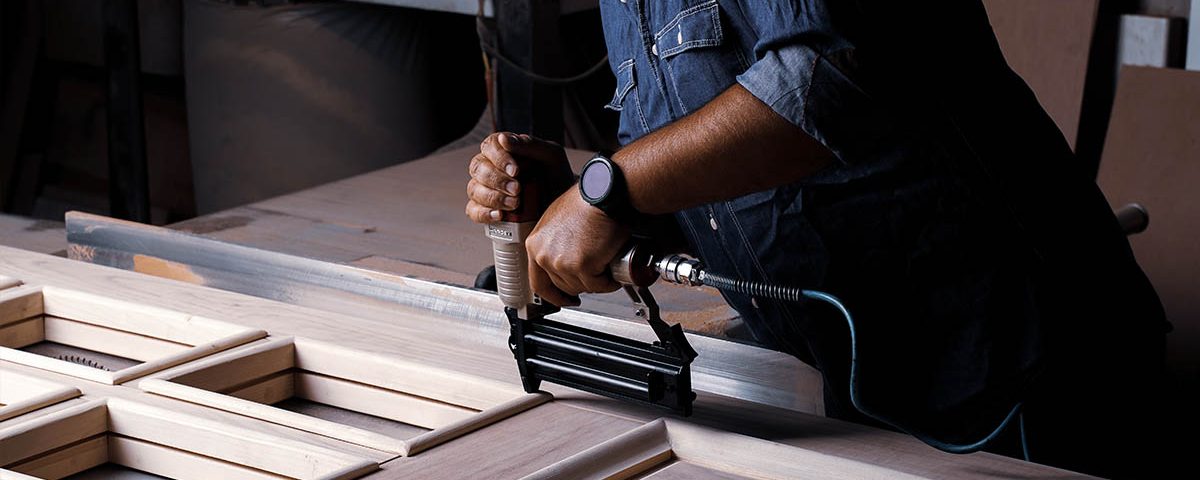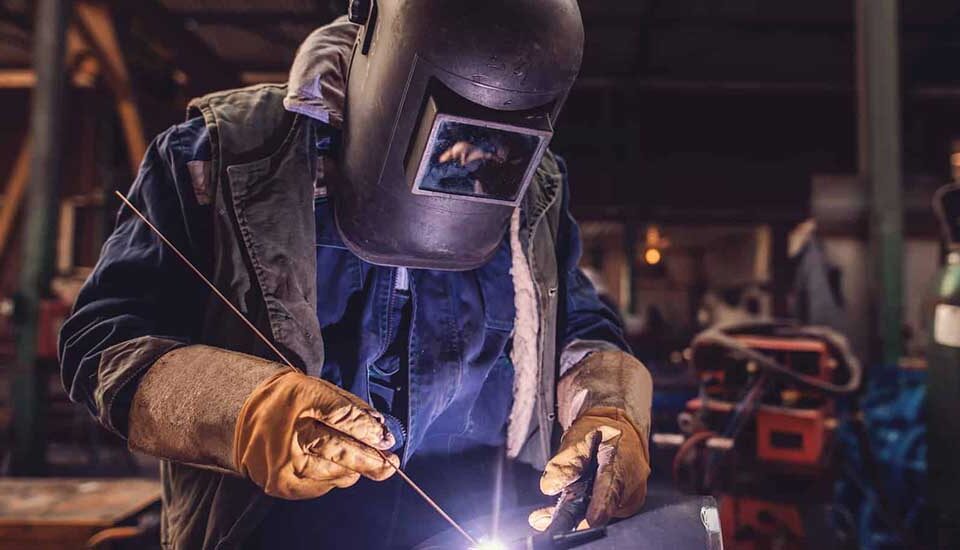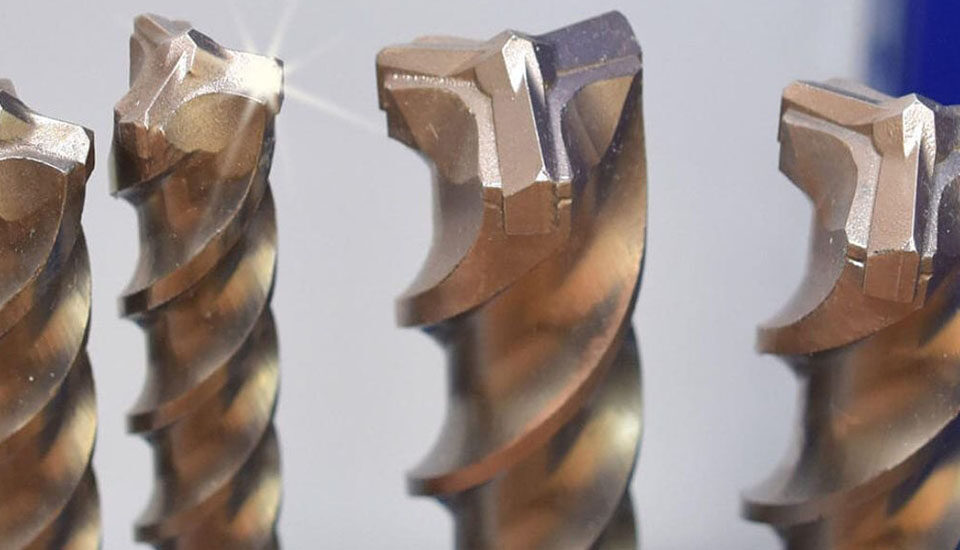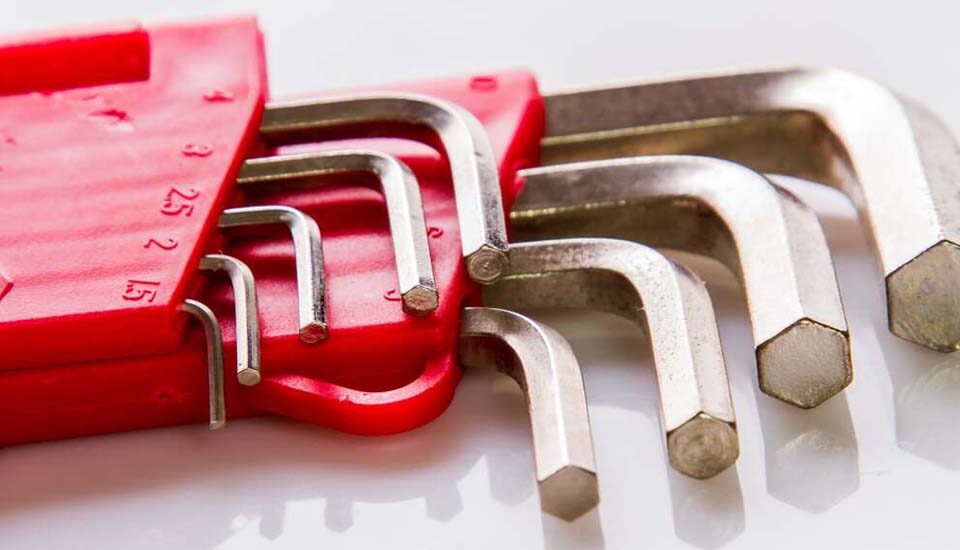Guide to using the pneumatic nailer and its safety tips

Pneumatic nailers
Pneumatic nailers, also known as nail guns, are powerful tools widely used in construction and carpentry projects. They provide a quick and efficient way to drive nails into various materials, saving time and effort compared to manual nailing or traditional manual nailing. However, working with a pneumatic nailer requires proper knowledge and safety precautions to prevent accidents and injuries. The purpose of this manual is to provide an overview of the use of a pneumatic nailer, including components, operation, maintenance and critical safety tips.
Types of pneumatic nailers, knowing them:
There are different types of pneumatic nailers and each one has a specific use. Different nails are used for different projects, some are suitable for heavier work such as framing walls, and others for delicate work.
The pneumatic nailer consists of various components, such as air compressor, air hose, trigger mechanism and nail magazine, which you must know to use the nailer.
Also, consider factors such as the materials being fastened, the thickness of the materials, and the strength required to hold them, all of which emphasize the importance of the type of nailer you use.
What are the types of pneumatic nailers?
- Framing nails
- Nail finish
- Brad nailers or wire nailers
- Staples
What are the basic components of a pneumatic nailer?
- air compressor
- Air hose
- Trigger mechanism
- Nail magazine
What are the steps of working with a pneumatic nailer?
- Job site preparation:
Here are some tips to ensure a safe and prepared work area, including clearing debris and obstructions, securing work pieces to prevent movement, and using clamps or supports as needed.
- Loading the Pins into the Magazine:
Know and teach others the step-by-step process of loading the pins into the magazine, and keep in mind the correct orientation and alignment to avoid jamming or misfiring.
- Air Pressure Adjustment:
Explain to others the importance of air pressure adjustment to achieve optimal performance and nail penetration without damaging the material. Explain how to determine the proper PSI (pounds per square inch) for a specific project.
- Working with an air nailer:
Give tips on how to hold the nailer firmly and control it while working. To prevent accidental firing, emphasize the importance of keeping fingers off the trigger when not in use.
- Perform nailing techniques:
Provide guidance on proper nail placement and alignment for accurate nail placement. Explain the difference between burst and burst mode and when to use each method.
What is the process of maintenance and troubleshooting of nails?
- Regular cleaning and lubrication
Emphasize the importance of keeping the nailer clean and properly lubricated to ensure smooth operation and prevent breakdowns. Explain how to clean stuck nails and types of lubricant products suitable for pneumatic nailers.
- Periodic Inspection and Adjustment:
Highlight the need for regular inspection to identify loose packing, misalignments, or other issues that may affect the performance of the nailer. Explain how to make the necessary adjustments and ensure proper alignment.
- Safe storage and transportation:
Provide tips for safe storage and transportation of the nailer, such as isolating it from air flow, using caps or safety guards, and securing it in a special storage case or location.
- Troubleshoot common problems:
Hear common problems users may encounter, such as misfiring, double firing, air leaks, or reduced performance. Provide troubleshooting steps to resolve these issues.
What safety precautions did you observe while using the pneumatic nailer?
Personal protective equipment:
Emphasize the importance of wearing appropriate PPE, including safety glasses or goggles, ear protection, and gloves to protect against flying fragments and noise hazards.
Workplace safety:
Emphasize the importance of maintaining a clean and organized workspace, free of trip hazards, and ensuring proper support and stability for workpieces being closed.
Proper handling and trigger control:
Reinforce the importance of responsible handling of the nailer, including keeping fingers off the trigger when not in use, avoiding accidental contact with the trigger, and maintaining control and stability while working.
Place the peg and check the target levels
- Avoid knots, metal or hard surfaces
- Check electrical wiring or plumbing
Necessary safety related to compressed air
- Regular inspection of air hoses and fittings
- Proper maintenance and handling of air compressors
Conclusion:
Using a pneumatic nailer can significantly improve efficiency and productivity in various construction and carpentry projects. However, safety should always come first when working with this powerful tool.
References
Hazard Alert: Safe Use of Pneumatic Nail Guns | SAFE Work Manitoba (safemanitoba.com)
https://www.osha.gov/sites/default/files/publications/NailgunFinal_508_02_optimized.pdf



